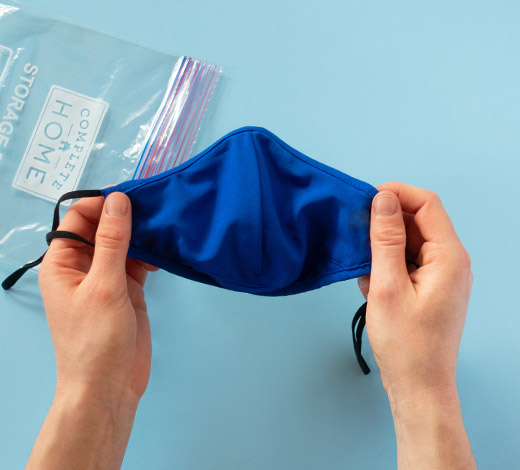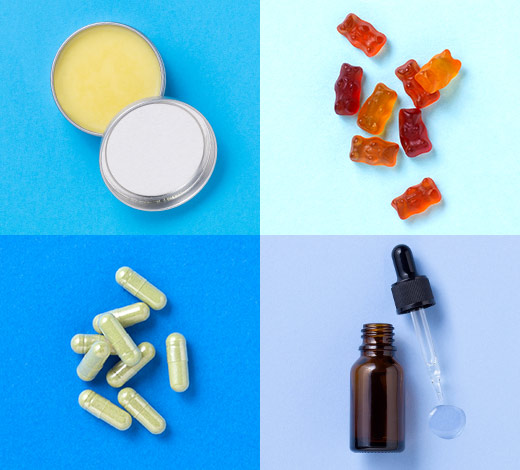
While many people may feel a little blue during the winter, others are diagnosed with seasonal affective disorder (SAD)—which brings more severe symptoms of depression that can reoccur each year.
SAD is a form of depression brought on by the change of seasons. The most common type of SAD is fall onset depression (also known as winter depression), which starts in late fall and ends in early summer. Experts say this type of SAD is due to lack of sunlight.
If you’re feeling down this winter, take these steps to shed some light on your mental health:
Get Outside!
Vitamin D deficiency has been associated with SAD—studies have found that SAD is especially
prevalent when vitamin D stores are typically low. Human skin can make a lot of vitamin D naturally when you’re exposed to sunlight, which is why it’s likely you’re not getting enough of it in the winter months. Also, without a good amount of natural sunlight, your body’s natural rhythm is disrupted and you lose important brain chemicals that control mood. That’s why getting some sunlight is the best way to start feeling better. Take a brisk morning walk to get some sun and mild exercise, which is shown to improve mood for those with depression.
If you can’t get enough natural sunlight, you can try vitamin D supplements or buy a light therapy box. Light therapy boxes give off a bright life that mimics outdoor sunlight.
Stay Connected
Spend time with a support group of family and friends to improve your mood. Surround yourself with people who are a positive influence and can. listen and encourage you. Don’t be afraid to ask for help when you need it!
Take Care of Yourself
As with other forms of depression, insomnia or difficulty sleeping are also common with SAD. Not enough sleep can alter moods. Monitor your sleep to make sure you get enough every night.
Your diet can also impact your mood, so try to watch what you eat. Choose healthy food over fatty options, avoid alcohol and eat often to avoid hunger.
Reduce Stress
The winter months tend to be busy and stressful. Identify what the stressors are in your life and look for ways to minimize them. Try relaxation techniques or take classes for yoga, Tai Chi or
meditation. Take time for yourself and do healthy activities that you enjoy
such as reading, crafting or spending time with friends.
Talk to Your Doctor
If you think you may have seasonal depression
or if your symptoms are getting worse, talk to your doctor or a mental health professional. They can help find treatment that’s right for you, such as counseling and antidepressant medications.
Sources:
- “Beat the Winter Blues
Shedding Light on Seasonal Sadness.” NIH
News in Health. Ed. Harrison Wein. National Institute of Health, Jan. 2013.
Web. 29 Jan. 2016. https://newsinhealth.nih.gov/issue/jan2013/feature1 - Mental Health America. Seasonal Affective Disorder (SAD). http://www.mentalhealthamerica.net/conditions/sad.
Accessed: November 16, 2015. - National Alliance on Mental Illness. Less Sunlight Means
More Blues For Some. http://www.nami.org/About-NAMI/NAMI-News/Less-Sunlight-Means-More-Blues-for-Some.
Accessed: November 16, 2015.Saeed SA and Bruce TJ. Seasonal Affective Disorder. In: UpToDate,
Post TW (Ed), UptoDate, Waltham, MA. (Accessed on November 16, 2015.) - Tsuno, N., Besset, A.,
& Ritchie, K. (2005). Sleep and depression. Journal of Clinical Psychiatry. - Weir, K. (2011, December). The
exercise effect. Retrieved January 29, 2016, from
http://www.apa.org/monitor/2011/12/exercise.aspx


